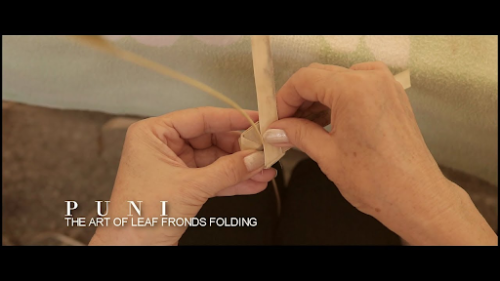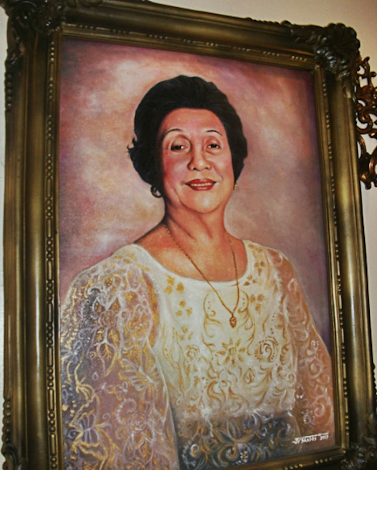PUNI: In Every Weaves of Frond Leaves: Difference between revisions
No edit summary |
No edit summary |
||
| Line 7: | Line 7: | ||
==<h3>Origin</h3>== | |||
Even before the colonizers came, early Filipinos were already doing Puni. Years ago, Puni was considered one of the most popular types of art in Bulacan. In times when electronic devices were not yet used, doing puni became people's entertainment; it became a simple toy that they could easily make. It also became popular because materials like coconut fronds were very easy to find, mostly seen in the backyard or in farming fields. By playing with and folding these materials, they are able to make different styles of things and animals, including balls, birds, fish, whistles, grasshoppers, shrimp, crabs, butterflies, bracelets, rings, crowns, and many more. | Even before the colonizers came, early Filipinos were already doing Puni. Years ago, Puni was considered one of the most popular types of art in Bulacan. In times when electronic devices were not yet used, doing puni became people's entertainment; it became a simple toy that they could easily make. It also became popular because materials like coconut fronds were very easy to find, mostly seen in the backyard or in farming fields. By playing with and folding these materials, they are able to make different styles of things and animals, including balls, birds, fish, whistles, grasshoppers, shrimp, crabs, butterflies, bracelets, rings, crowns, and many more. | ||
Revision as of 01:44, 7 November 2023
Puni (Puh-ni)
- Palm weaving, or Puni, originated in Malolos, Bulacan. The art of Puni is about folding, twisting, plaiting, and weaving fresh or dried coconut fronds (leaves of the coconut tree). The fresh coconut frond is the most common material used in making puni. Puni took many forms: different shapes, toys, baskets, and decorations.
Origin
Even before the colonizers came, early Filipinos were already doing Puni. Years ago, Puni was considered one of the most popular types of art in Bulacan. In times when electronic devices were not yet used, doing puni became people's entertainment; it became a simple toy that they could easily make. It also became popular because materials like coconut fronds were very easy to find, mostly seen in the backyard or in farming fields. By playing with and folding these materials, they are able to make different styles of things and animals, including balls, birds, fish, whistles, grasshoppers, shrimp, crabs, butterflies, bracelets, rings, crowns, and many more.
People also used Puni as a basket (Sisidlan) for harvesting in the fields, which helped farmers take their harvest to their homes back then because plastics were not yet used. Puni also serves as a wrapper for delicacies like suman (rice cake) and for rice that they wrap in a pyramid-like shape (Pusô).
Puni is also used on important occasions like christenings, weddings, and birthdays. Puni comes as a decoration. Even at festivals, Puni is also part of the decorations in the church. When festivals happen, almost all of the houses are decorated in Puni. When the Lenten Season is about to come, a particular Linggo de Ramos or Palm Sunday, the "Palaspas" is an art of puni that plays an important part in the ceremony and would be a decoration that would often be seen on the doors.
As time passed, people slowly lost interest in doing Puni until it became a part of the Vanishing Traditional Arts (which includes Pagbatok and Folk Writing). But there are remarkable people who worked hard to keep it alive and to continue the generation of Puni.
These remarkable people are Tiya Mila (Milagros Enriquez), Gigi (Noemi Garcia), and Rheeza (Nicanora Hernandez. They are able to bring Puni back to life. They opened a page solely for Puni that they called "Puni de Malolos" (https://www.facebook.com/punidemalolosleaffoldingart). They made events, videos, and workshops to teach people how to make Puni. At Know Your North Season 9, Rheeza stated "I felt the need to revive it because what was dying was our childhood." (https://www.facebook.com/victorylinerinc/videos/3124639714278673).
Puni art is still alive and ready to be embraced again. This art plays a big role in cultural treasure in the Philippines, not only in Malolos, Bulacan.





